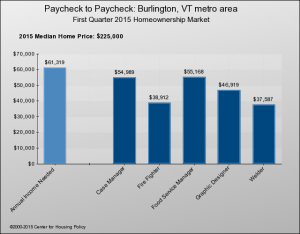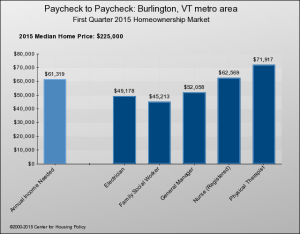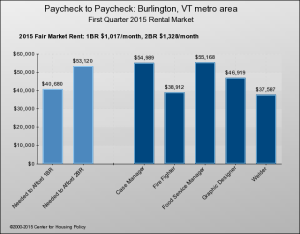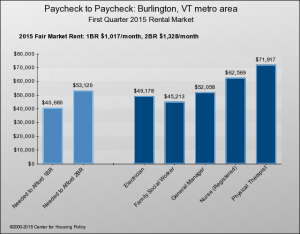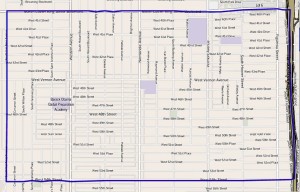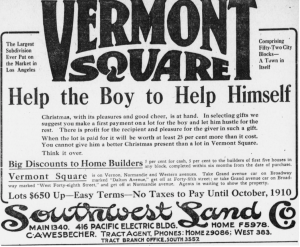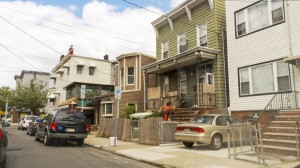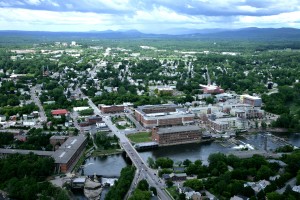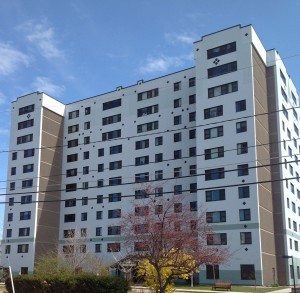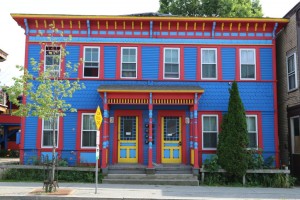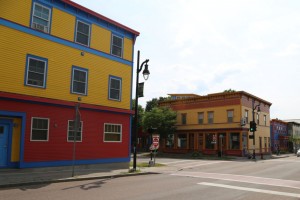 We’ve read through the transcripts of the two GOP-presidential-candidate debates held on CNBC last night, in order that — to steal one of Gail Collins’ recurrent lines — you don’t have to do it.
We’ve read through the transcripts of the two GOP-presidential-candidate debates held on CNBC last night, in order that — to steal one of Gail Collins’ recurrent lines — you don’t have to do it.
The two debates, of course, featured the “undercard,” with four candidates, and the “main card,” with 10.
In nearly four hours of discussion, the word “housing” was uttered once. That was when Rand Paul lambasted the Federal Reserve Board for, among other alleged malfeasances, having “caused the housing boom and the crisis…”
The candidates had nothing to say — nor were they asked by their CNBC interlocutors — about the housing unaffordability that afflicts millions of Americans, or about persistent residential segregation by race and income. And they had virtually nothing to say about the bubble-burst that ushered in the Great Recession. Maybe that’s partly because the bubble was fed by the kind of deregulation that small-government proponents are fond of promoting.
True, six of these candidates had been given brief opportunities to hold forth at a daylong “housing summit” in New Hampshire that we noted last week (here’s yet another account of that event, by the way), but it seems unlikely they were each talked out after that experience. Perhaps they, their fellow contenders, and the CNBC panel all agree with Chris Christie’s comment at the summit that housing is an unsexy issue that “kind of depresses people.”
On the other hand, the candidates talked a lot last night about other things they presumably think are depressing, such as ”big government” and taxes. One might have expected that housing could get some attention in a debate that was supposed to focus on economic matters.
Perhaps the candidates believe that their various plans for shrinking government and “growing” the economy will jump-start the private market to spur housing development, raise incomes of working families, and take care of the affordable housing problem. If so, it would be nice if they’d explain in some detail how that will work.
It would be even nicer if reporters would start making them talk about it.








